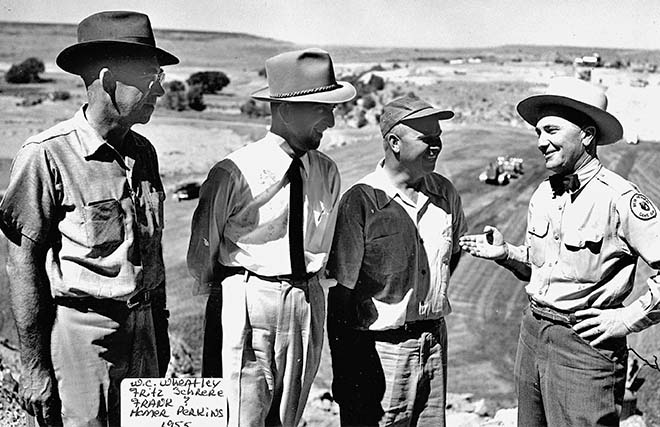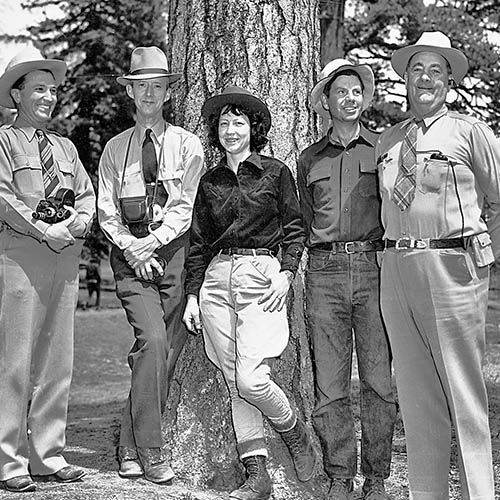- Messages
- 15,106
Possibly from Osage Iron Works. Another town that's under the Lake of the Ozarks.

I always heard Osage Iron moved before the lake was filled & ended up being the fabricator on the shores at Linn Creek, or the one on the SE side of Camdenton.Possibly from Osage Iron Works. Another town that's under the Lake of the Ozarks.
View attachment 353490
HA!Headache machine. Even has a woman’s name.
At first glance I thought he was fly fishing when I saw his right hand.
View attachment 359895
View attachment 359894
View attachment 359897
Berlin & Hicks made appearances together telling stories during the last days of the Wild West Show era.
View attachment 359896
We should all have nicknames, right? Let's see, there is Bullseye Bob, Straightshooter Steve, Bayou Brent, Gunsighf Gary, Stovetop Stafan, Redeye Randall, Jerico Joe...
LOL...as John Houseman used to say on those Smith-Barney commercials, you "earrrned it!"Bulls…(something) Bob would be more appropriate.


 John Lofgren Monkey Boots Shinki Horsebuttt - $1,136 The classic monkey boot silhouette in an incredibly rich Shinki russet horse leather.
John Lofgren Monkey Boots Shinki Horsebuttt - $1,136 The classic monkey boot silhouette in an incredibly rich Shinki russet horse leather.  Grant Stone Diesel Boot Dark Olive Chromexcel - $395 Goodyear welted, Horween Chromexcel, classic good looks.
Grant Stone Diesel Boot Dark Olive Chromexcel - $395 Goodyear welted, Horween Chromexcel, classic good looks.  Schott 568 Vandals Jacket - $1,250 The classic Perfecto motorcycle jacket, in a very special limited-edition Schott double rider style.
Schott 568 Vandals Jacket - $1,250 The classic Perfecto motorcycle jacket, in a very special limited-edition Schott double rider style. Am I reading that correctly? Does it say "Cowboy Poetry Gathering"? What a wonderful idea!^^^Reminds me of the poster of Kevin O'Farrell & the first Cowboy Gathering of Durango in 1989. Wish I had been there...